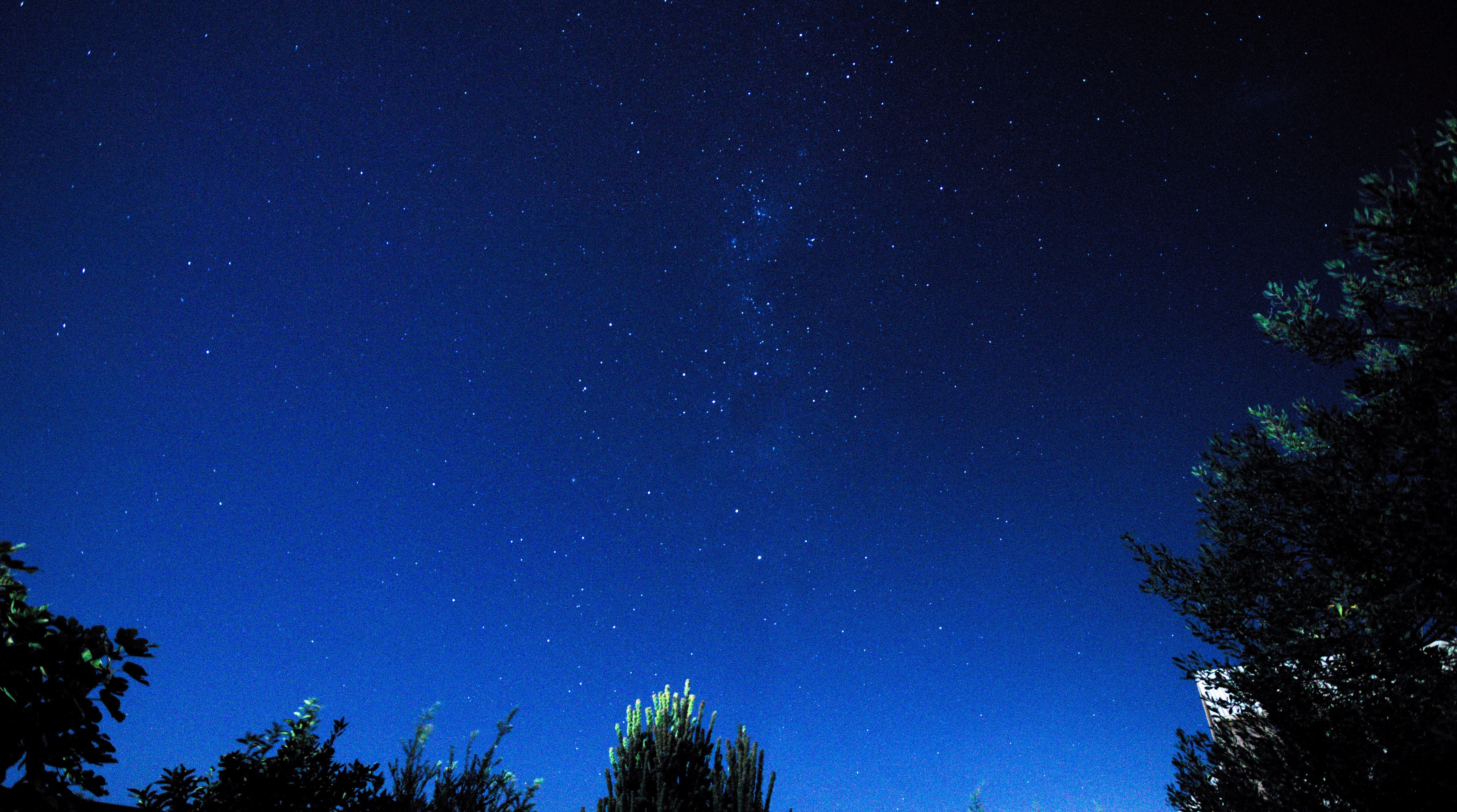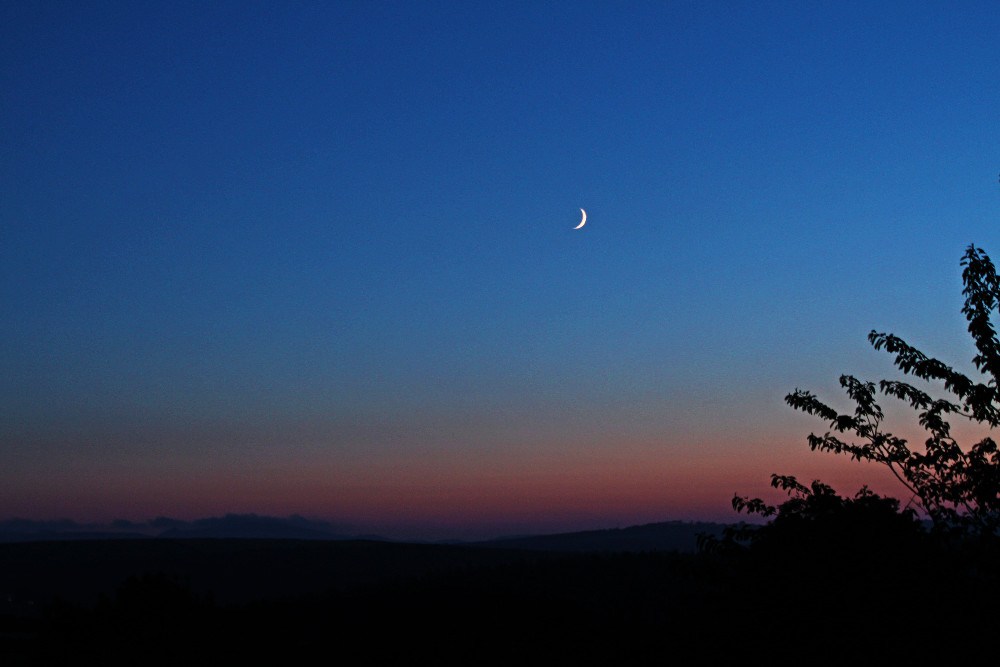Dark matter.
Unseen in-between
Luminous light of stars
Shy energy
Binds the cosmos
In clusters.
As a teacher, a parent, or a student – do you know if your school has a Teacher Librarian?
If you don’t, ask. It matters. Here’s why:
Podcast: Why we need qualified teacher librarians for the digital future (Kinderling Retrieved 16 Oct 2017)
A teacher librarian, Holly Godfree of the School Library Coalition was interviewed for this podcast. She describes the role of teacher librarians in supporting research skills (including digital skills) and encouraging reading for pleasure.
Online does not mean more accessible
What stood out for me in Holly’s answers was that she mentioned the damage caused by the myth of “everything is now online”. This one is potent, in that it can lead to a perception that school libraries and physical resources have a limited future use.
Holly cited some of the problems with the assumptions of this myth – online resources are often not free, not trustworthy and often adult focussed. This bears a strong relation to similar assumptions in higher education that online courses make learning more accessible by the virtue of simply being online. Myths like 24/7 learning is better for you because you can schedule it when you need to.
In reality, whether online learning works for any individual is because of an invsible immeasurable background energy. That background energy involves a lot of translation of materials throughout the design, creativity and then supporting the skills needed to use those online materials for learning and teaching. Even for the student studying online, (who we tend to label online students) there is even a lot of invisible energy in offline learning that we tend to ignore. You can’t see this energy, or measure it.
To me, it makes sense to think of all these unmeasurables as the dark matter of learning.
It binds everything together, but it’s easy to overlook.
The invisibles
As a learning designer, I can really relate to the explanation Holly gave about one of the challenges of being a teacher librarian is having work that is “invisible”. She explains that she may give direct contribution to shaping an assignment activity, helping teachers to support learners with resources, and the behind-the-scenes nature of the work makes it hard to measure. This contributes to the difficulty in measuring the real impact of teacher librarians. This in turn, contributes to a pattern of moving away from these roles with schools. They vaporise.
I feel a strong common bond here as a learning designer (and qualified librarian). As a learning designer, you may have an in-depth working relationship with academic staff and contribute greatly to the design of learning activities, sequence of tasks and tools and technologies. Even as a technologist, you may also influence pedagogy (controversial, huh?). However, it is very difficult to attribute that or evidence your real impact. Sometimes it is even impossible to know for yourself, your own impact as a learning designer.
I feel a common bond with librarians. We are part of the same hidden energy in supporting learning.
Groups like the School Library Coalition and Australian School Library Association are helping to highlight the important impact of teacher librarians. This made me wonder about whether in my own field, there is a part to play to increase the visibility of learning designers?
How do learning designers make our work visible? How do we notice and care for our influence? How do we prove ourselves, when it is asked of us?
How can we explore the common bond between librarians and learning designers in our work towards supporting teachers and learners in a digital future?

























